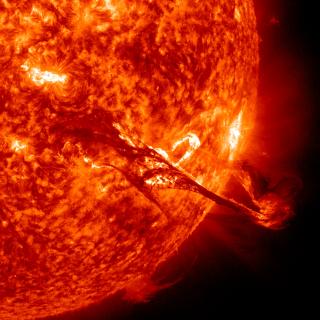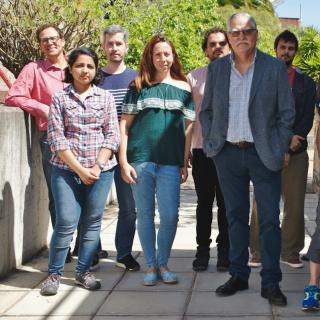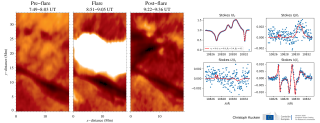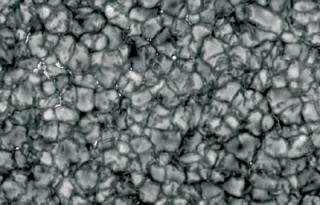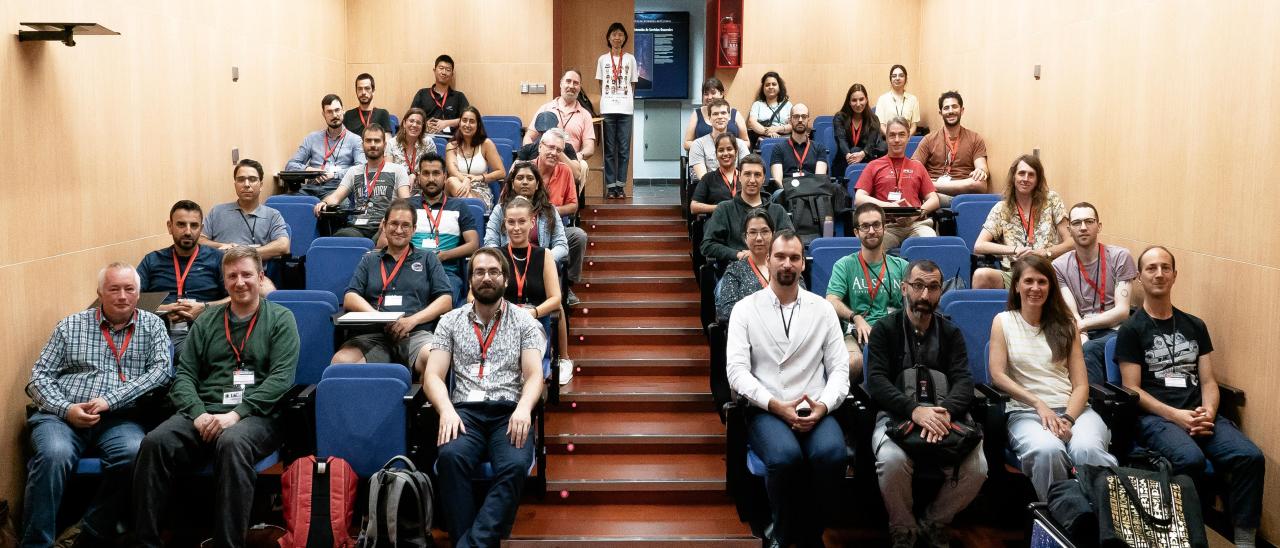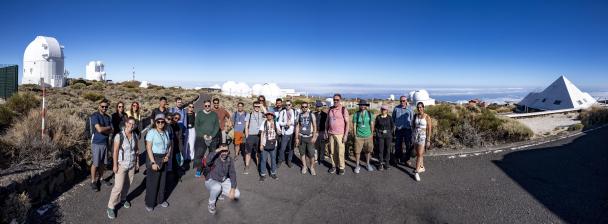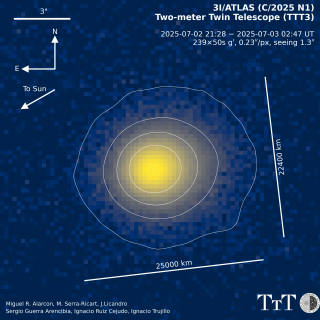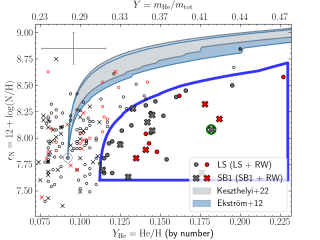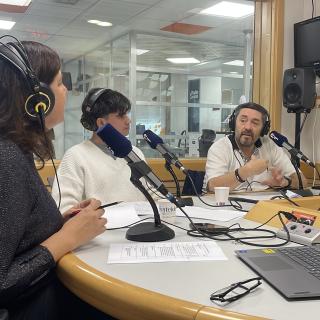The Instituto de Astrofísica de Canarias (IAC) is hosting the second Solar MHD (UKUS 7) conference this week. Following the successful first edition held in Eastbourne (UK) in 2022, this event brings together nearly fifty international experts to discuss the latest advancements in solar magnetohydrodynamics.
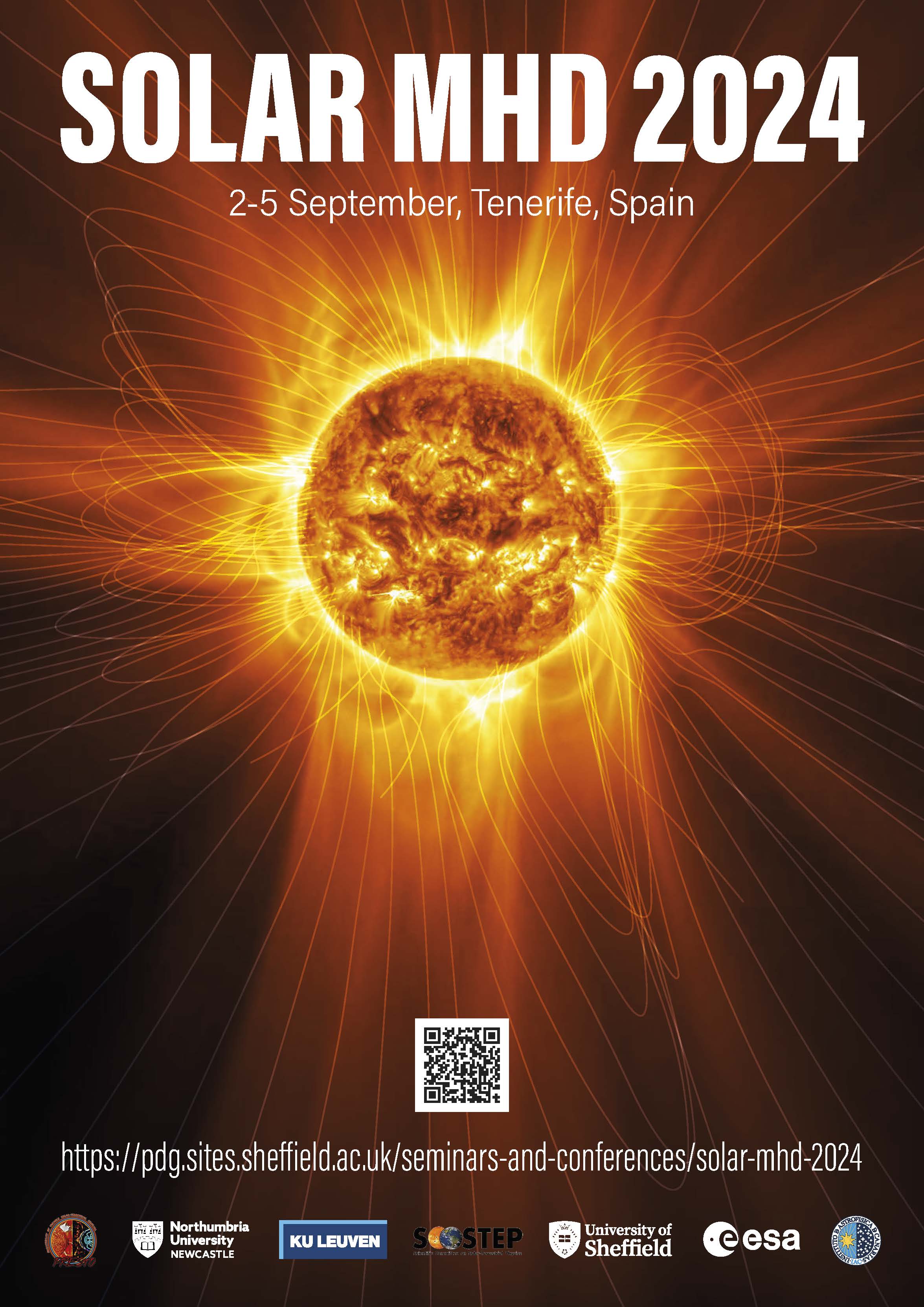
Magnetohydrodynamics (MHD) is a branch of physics that studies the behavior of electrically conducting fluids, such as solar plasma. Understanding MHD processes in the Sun is essential for predicting phenomena like solar flares and coronal mass ejections, which can significantly impact Earth.
During the conference, participants will explore a wide range of topics, including: spectral synthesis and simulated data; machine learning in simulations and observations; using observations to establish boundary, initial conditions and constraints for MHD simulations; multi-fluid and partially ionised plasma models; enhanced MHD/hybrid models; and next generation of solar and stellar MHD simulations.
In addition to plenary and parallel sessions, the conference will include interactive sessions focused on the use of numerical codes and the diagnosis of solar plasma. These sessions will provide participants with the opportunity to share knowledge, establish collaborations, and explore new research avenues.
Solar MHD 7 is jointly organized by the University of Sheffield and Northumbria University (UK), KU Leuven (Belgium), and the Instituto de Astrofísica de Canarias (Spain).
Solar MHD 2024 conference website
